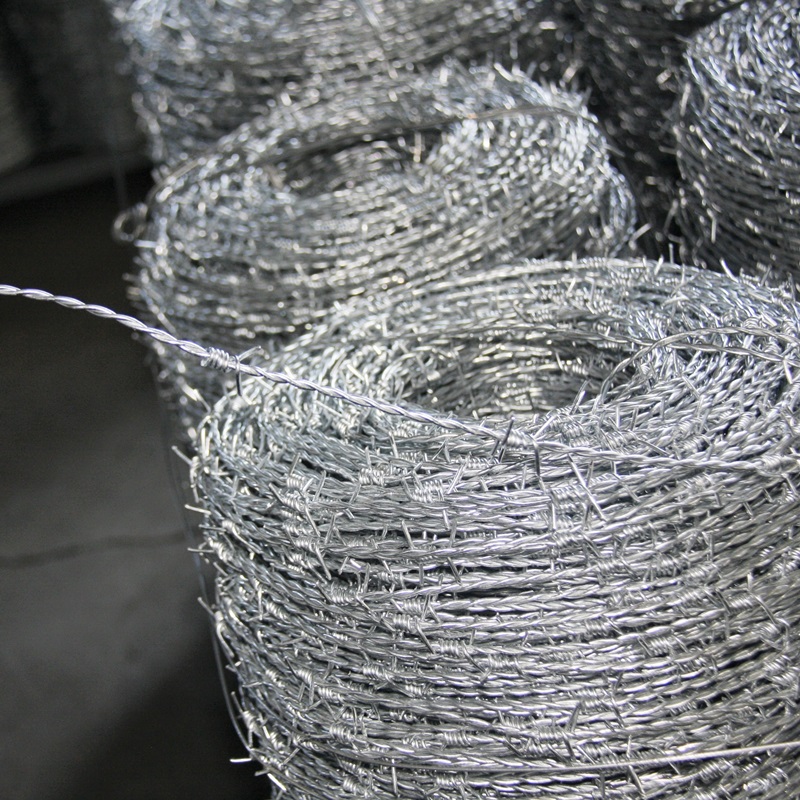Dec . 23, 2024 10:46 Back to list
Durable and Effective Poultry Wire Mesh for Superior Protection and Safety
The Importance of High-Quality Poultry Wire Mesh
In the world of poultry farming, the structural integrity and safety of enclosures play a crucial role in the health and productivity of the birds. High-quality poultry wire mesh is one of the essential components that ensure the proper functioning of these enclosures. It serves multiple purposes, from protecting poultry from predators to providing a safe and comfortable environment for growth and production. In this article, we will explore the benefits, types, and key factors to consider when selecting poultry wire mesh.
Why Choose High-Quality Poultry Wire Mesh?
One of the primary reasons to invest in high-quality poultry wire mesh is its durability. The mesh is designed to withstand harsh weather conditions, including rain, wind, and extreme temperatures. Quality materials are typically coated with galvanized steel or PVC, enhancing their resistance to rust and corrosion. This longevity means less frequent replacements, saving time and money for poultry farmers.
Another crucial aspect of high-quality poultry wire mesh is its ability to protect poultry from various predators, such as raccoons, foxes, and birds of prey. A well-constructed mesh can deter these threats effectively. The size of the mesh openings is also significant; it is imperative to choose a mesh size that allows chickens to roam freely while preventing smaller animals from entering the enclosure. This balance helps maintain a safe environment for the birds.
Types of Poultry Wire Mesh
Poultry wire mesh comes in various types, each serving specific needs and applications within poultry farming
. The most common types include1. Hexagonal Wire Mesh Often used for chicken runs and coops, hexagonal wire mesh provides ample ventilation while offering protection from predators. The openings are usually small enough to keep chickens contained without compromising airflow.
2. Welded Wire Mesh This type is manufactured by welding wires at intersections, providing a sturdy fencing option. Welded wire mesh is particularly effective for larger poultry enclosures, as it can withstand significant pressure and impact.
3. Chain Link Fencing Often used in larger operations, chain link fencing offers easy visibility, durability, and cost-effectiveness. While less visually appealing, it provides ample protection for larger flocks.
high quality poultry wire mesh

4. Poultry Netting This is often used for portable enclosures where birds are rotated between different areas. It is lightweight, easy to install, and allows for greater flexibility in farming practices.
Key Factors to Consider
When choosing poultry wire mesh, several factors should be taken into account to ensure optimal performance and usability
1. Material Look for materials that are rust-resistant and specially treated to withstand various environmental conditions. Galvanized and PVC-coated options are popular for their durability.
2. Wire Gauge The thickness of the wire, known as the wire gauge, affects the strength and longevity of the mesh. A lower gauge number indicates thicker wire, providing added strength and resistance against predators.
3. Mesh Size The size of the openings should be appropriate for the type of poultry being housed. Smaller birds may require a finer mesh to prevent them from escaping or being preyed upon.
4. Ease of Installation Consider how easy the mesh is to install and maintain. Some meshes are designed for quick setups, which can save time and labor costs.
5. Cost While it may be tempting to go for the cheapest option, investing in high-quality mesh often yields better long-term returns. Cheaper materials can result in greater replacement costs and increased vulnerability to predators.
Conclusion
In summary, high-quality poultry wire mesh is an essential investment for any poultry farmer looking to create a safe and productive environment for their birds. With various types available to suit different farming needs, understanding the advantages and key considerations when selecting mesh can make a significant difference in the overall success of poultry operations. By prioritizing quality and durability, farmers can ensure their flocks remain protected, leading to healthier birds and improved yields.
-
Hop Dipped Galvanized/PVC Coated Temporary Fence - Anping County Xingzhi Metal Wiremesh Products Co., Ltd.|Temporary Fencing Solutions, Durable Security Products
NewsJul.30,2025
-
Hop Dipped Galvanized/PVC Coated Temporary Fence-Anping Xingzhi|Durability&Cost-Effective
NewsJul.30,2025
-
Hop-Dipped Galvanized PVC Fence - Anping Xingzhi | Durable, Quick Deployment
NewsJul.30,2025
-
Hop Dipped Galvanized/PVC Coated Temporary Fence - Anping County Xingzhi|Temporary Fencing, Durable Security, Customization
NewsJul.30,2025
-
Hop Dipped Galvanized PVC Coated Temporary Fences - Anping County Xingzhi|Durable Corrosion Resistance, Quick Installation
NewsJul.30,2025
-
Hop Dipped Galvanized / PVC Coated Temporary Fence - Anping County Xingzhi Metal Wiremesh Products Co., Ltd|Durable Temporary Fencing&Versatile Applications
NewsJul.30,2025



